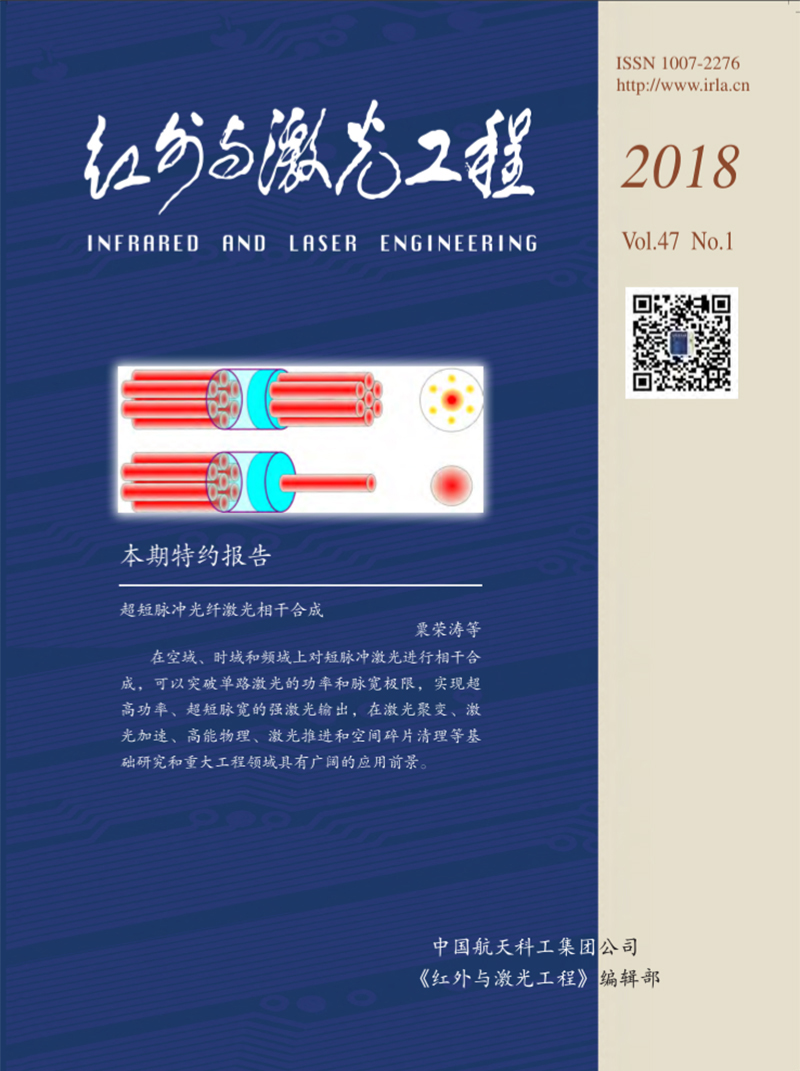|
[1]
|
Jinsong Li, Ke Feng. Optimization and analysis of multi-layer diffractive optical elements in visible waveband[J]. Optik, 2014, 125(14):3596-3598. |
|
[2]
|
Xue Changxi, Cui Qingfeng, Liu Tao, et al. Optimal design of a multilayer diffractive optical element for dual waveband[J]. Optics Letters, 2010, 35(24):4157-4159. |
|
[3]
|
Sun Ting, Zhang Xuanzhi, Chang Weijun, et al. Design of infrared wide waveband double-layer harmonic diffractive optical system[J]. Infrared and Laser Engineering, 2013, 42(4):951-954. (in Chinese) |
|
[4]
|
Wang Mengjun, Zhao Cuiling, Han Bangjie, et al. Design of coaxial dual-band IR optical system based on harmonic diffraction[J]. Infrared and Laser Engineering, 2013, 42(10):2732-2736. (in Chinese) |
|
[5]
|
Wood A P. A hybrid refractive-diffractive lens for manufacture by diamond turning[C]//SPIE, 1991, 1573:122-128. |
|
[6]
|
Blough C G, Rossi M, Mack S K, et al. Single-point diamond turning and replication of visible and near-infrared diffractive optical elements[J]. Applied Optics, 1997, 36(20):4848-4654. |
|
[7]
|
Zhao Junyan, Cui Qingfeng, Wang Peng. Scatter analysis of diffractive surface manufactured by single point diamond turning[C]//SPIE, 2007, 6724:67241N. |
|
[8]
|
Yin Kewei, Huang Zhiqiang, Lin Wumei, et al. Analysis of effect of lateral fabrication errors on binary optical elements[J]. Opto-Electronic Engineering, 2011, 38(9):46-49. (in Chinese) |
|
[9]
|
Gao Long, Xue Changxi, Yang Hongfang, et al. Effect of decenter errors on diffraction efficiency of multilayer diffractive optical elements in long infrared waveband[J]. Acta Optica Sinica, 2015, 35(6):0623004. (in Chinese) |
|
[10]
|
Mao Shan, Cui Qingfeng. Effect on polychromatic integral diffraction efficiency for two-layer diffractive optics[J]. Acta Optica Sinica, 2016, 36(1):0105001. (in Chinese) |
|
[11]
|
Ma Zebin, Kang Fuzeng, Wang Hao. Effect of fabrication errors of double-layer BOE on diffractive efficiency[J]. Infrared and Laser Engineering, 2016, 45(9):0918001. (in Chinese) |
|
[12]
|
Yang Liangliang, Cui Qingfeng, Liu Tao, et al. Effects of manufacturing errors on diffraction efficiency for multilayer diffractive optical elements[J]. Applied Optics, 2011, 50(32):6128-6133. |
|
[13]
|
Pei Xuedan, Cui Qingfeng, Leng Jiakai. Effect of incident angle on diffraction efficiency of a two-layer diffractive optical element[J]. Acta Optica Sinica, 2009, 29(1):120-125. (in Chinese) |
|
[14]
|
Mao Shan, Cui Qingfeng, Piao Mingxu, et al. High diffraction efficiency of three-layer diffractive optics designed for wide temperature range and large incident angle[J]. Applied Optics, 2016, 55(13):3549-3554. |
|
[15]
|
Yang Hongfang, Xue Changxi, Li Chuang, et al. Diffraction efficiency sensitivity to oblique incident angle for multilayer diffractive optical elements[J]. Applied Optics, 2016, 55(13):7126-7133. |
|
[16]
|
Yang Liangliang, Cui Qingfeng, Liu Tao, et al. Measurement of diffraction efficiency for diffractive optical elements[J]. Acta Optica Sinica, 2012, 32(4):0412007. (in Chinese) |
|
[17]
|
Swanson G J. Binary optics technology:Theoretical limts on the diffraction efficiency of multilevel diffractive optical elements[D]. US:MIT Lincoln Laboratory Technical, 1991. |









 DownLoad:
DownLoad: